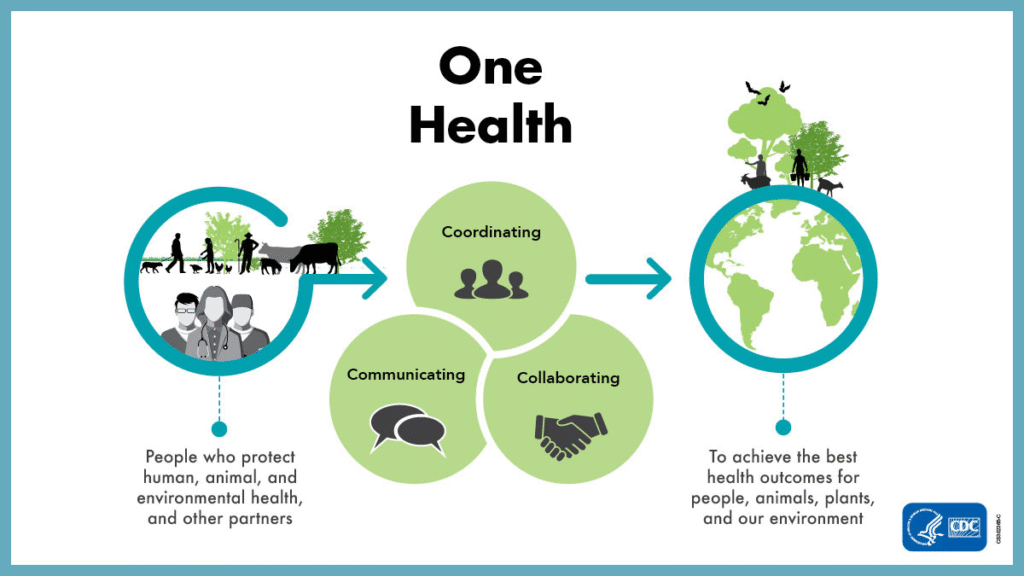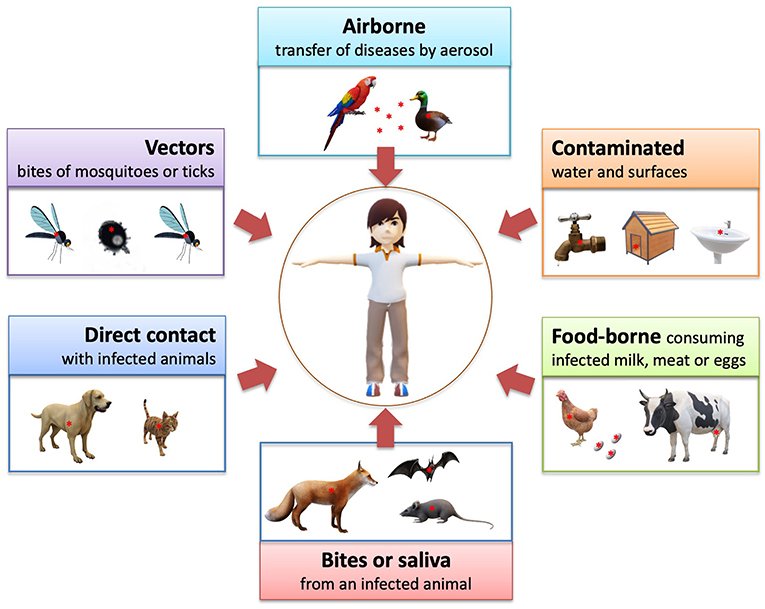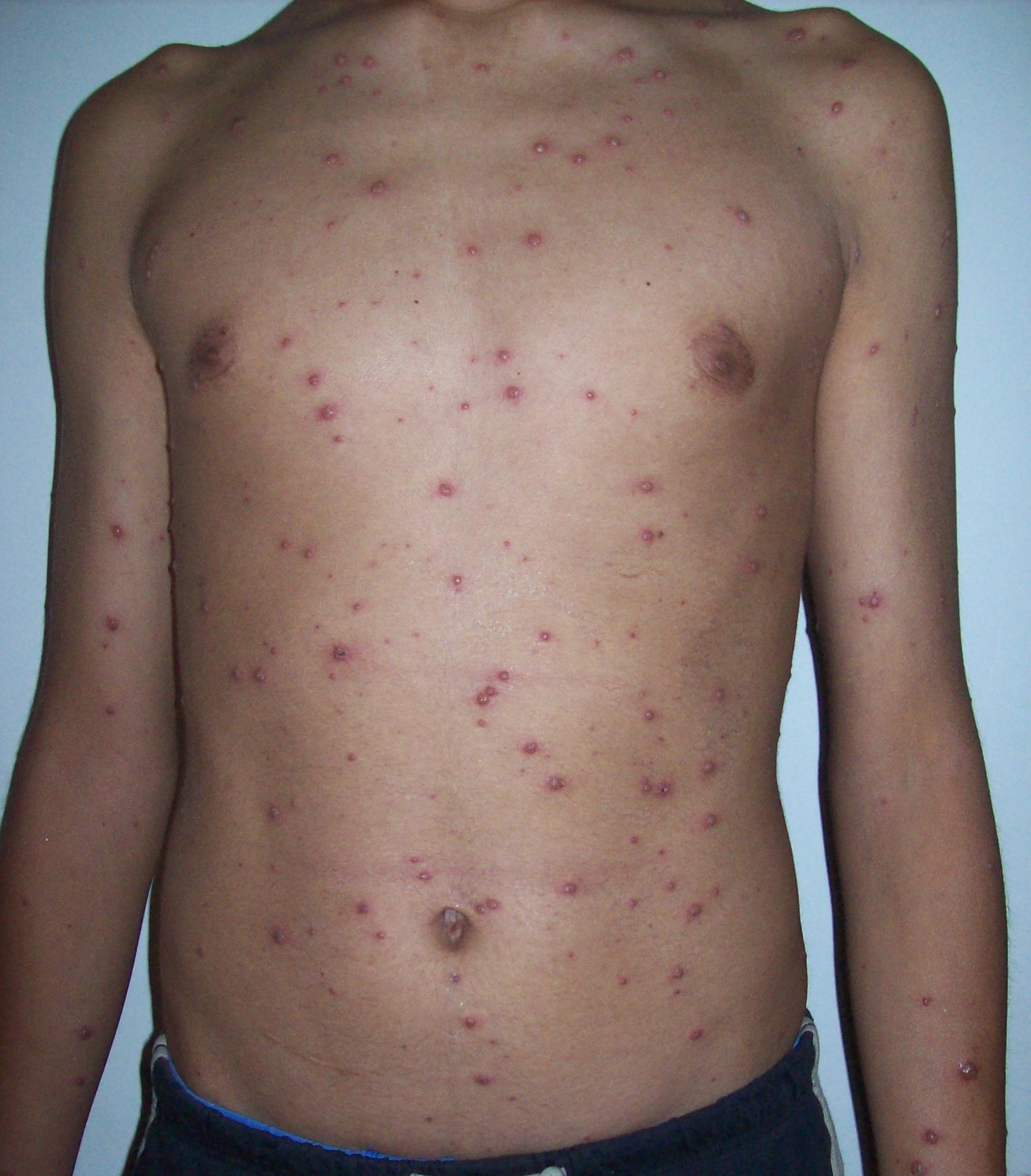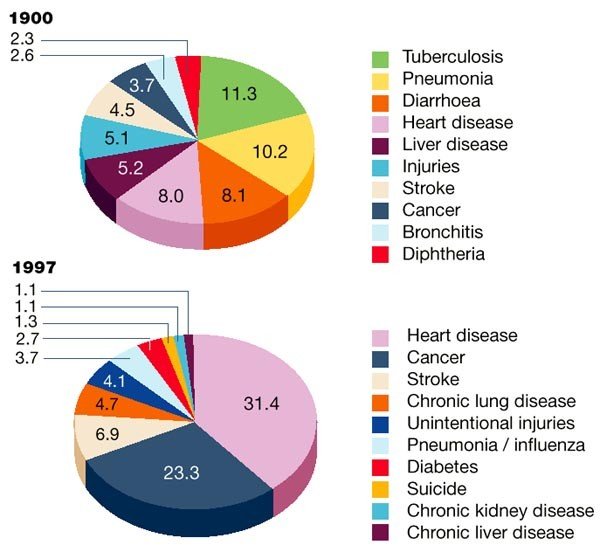Zoonotic diseases—those transmitted from animals to humans—pose significant public health risks. Pets and wildlife are primary vectors for these infections, which can range from mild to life-threatening. Understanding transmission pathways, real-life examples, and preventive measures is crucial for safeguarding human health.
The Hidden Threat of Zoonotic Diseases
Zoonotic diseases, also called zoonoses, are infectious illnesses that can spread between animals and humans. These infections are caused by bacteria, viruses, parasites, or fungi, and they can range in severity from minor ailments to serious, life-threatening conditions. Experts estimate that approximately 60% of all known infectious diseases in humans are zoonotic, with more than 200 recognized zoonotic pathogens (GAO.gov).
The human-animal interface is changing rapidly due to urbanization, deforestation, and globalization. Increased interactions between humans, pets, and wildlife have elevated the risk of disease transmission. Understanding how pets and wildlife contribute to infectious diseases is essential for prevention, public awareness, and timely medical intervention.
How Pets and Wildlife Transmit Diseases to Humans
There are multiple pathways for zoonotic disease transmission. Let’s explore the main mechanisms in detail:
1. Direct Contact
Direct contact with animals, such as petting, bites, or scratches, can transmit infectious agents. For example:
- Rabies, a viral disease, is primarily spread through the saliva of infected animals via bites.
- Toxoplasmosis, caused by Toxoplasma gondii, can be contracted through handling cat litter contaminated with oocysts.
Pets that roam outdoors or come into contact with wildlife are particularly likely to carry pathogens that can infect humans.
2. Indirect Contact
Pathogens can also spread indirectly through environmental contamination. For instance:
- Hydatid disease, caused by Echinococcus granulosus, can infect humans via contact with soil or surfaces contaminated with feces from infected dogs.
Indirect transmission often occurs in urban areas with high numbers of stray animals or poor sanitation, highlighting the importance of hygiene.
3. Consumption of Animal Products
Eating undercooked or contaminated animal products is another common pathway:
- Brucellosis can result from consuming unpasteurized milk.
- Salmonellosis and trichinosis can be contracted through improperly cooked meat.
Food safety practices, including proper cooking and handling, are critical to prevent these infections.
4. Wildlife Trade and Live Animal Markets
Live animal markets and illegal wildlife trade create environments where zoonotic diseases can spill over to humans:
- Animals such as bats, raccoon dogs, and macaques are known carriers of dangerous viruses.
- Unsanitary market conditions increase the likelihood of cross-species transmission (Times of India).
These markets have been linked to several epidemics in recent history, emphasizing the need for strict wildlife regulation.
Real-Life Examples of Zoonotic Disease Transmission
Understanding real-life cases can help illustrate the risks:
1. COVID-19 and Wildlife Markets
The COVID-19 pandemic likely originated from a zoonotic spillover event, potentially linked to a wildlife market in Wuhan, China. Though the precise animal source remains under investigation, the pandemic underscores the risks of human-wildlife interactions in dense market environments.
2. Hydatid Disease in Delhi
In Delhi, an 18-year-old boy was initially misdiagnosed with tuberculosis and treated for six months before doctors discovered hydatid disease, a parasitic lung infection contracted from stray dogs. This case highlights the need for awareness and accurate diagnosis of zoonotic diseases in urban populations.
3. Leprosy Transmission Between Humans and Squirrels
Research indicates that leprosy, caused by Mycobacterium leprae, may have transmitted between humans and red squirrels in medieval England, likely through the fur trade. This example emphasizes cross-species transmission risks and the historical relevance of zoonotic diseases (The Guardian).

The One Health Approach: A Unified Strategy
The One Health concept emphasizes that human health, animal health, and environmental health are interconnected. By fostering collaboration between veterinarians, medical professionals, and environmental experts, it is possible to prevent and control zoonotic diseases effectively.
In India, AIIMS Rajkot serves as a regional center under the National One Health Programme for Prevention and Control of Zoonoses (NOHPPCZ). This initiative focuses on integrated disease surveillance, early diagnosis, and rapid response mechanisms to curb zoonotic diseases.
Preventive Measures: Protecting Yourself, Your Pets, and Your Community
Effective prevention involves personal, pet, and environmental hygiene:
1. Practice Good Hygiene
- Wash hands thoroughly after handling pets or wildlife.
- Clean pet bedding and living areas regularly.
- Avoid direct contact with animal waste or contaminated surfaces.
2. Ensure Pet Health
- Vaccinate pets against common diseases such as rabies.
- Regularly deworm pets and use flea/tick preventatives.
- Avoid interaction with stray or unknown animals.
3. Safe Food Practices
- Cook meat thoroughly to eliminate pathogens.
- Avoid raw or undercooked animal products.
- Store and handle food properly to prevent contamination.
4. Support Wildlife Conservation
- Avoid products from illegal wildlife trade.
- Support habitat conservation efforts.
- Educate others about the dangers of unregulated animal interactions.

Frequently Asked Questions (FAQs)
1. What are zoonotic diseases?
Zoonotic diseases are infectious illnesses transmitted between animals and humans. They can be bacterial, viral, parasitic, or fungal in origin, and are typically spread through direct contact, consumption of contaminated food, or environmental exposure.
2. How can I protect my pets from zoonotic diseases?
Regular vaccinations, deworming, flea and tick prevention, and avoiding contact with stray animals are essential for keeping pets healthy. Good hygiene when handling animals also reduces disease risk.
3. Can I get sick from my pet?
Yes, pets can carry germs that may cause human illness. Washing hands after handling pets and maintaining veterinary care are critical preventive measures.
4. Are all animals capable of transmitting diseases to humans?
Not all animals carry zoonotic pathogens, but certain species, including dogs, cats, and various wildlife, are known to harbor pathogens transmissible to humans.
5. What should I do if bitten or scratched by an animal?
Immediately clean the wound with soap and water, apply antiseptic, and seek medical attention. Rabies prophylaxis may be necessary depending on the animal and circumstances.
6. Can zoonotic diseases be airborne?
Some diseases, like tuberculosis, can spread through airborne particles. Most zoonotic diseases, however, are transmitted via bites, direct contact, or consumption of contaminated food.
7. Is it safe to have pets in areas with high wildlife populations?
Yes, with precautions: keep pets indoors during high-risk periods, prevent contact with wildlife, and use flea and tick preventatives.
8. How does climate change influence zoonotic diseases?
Climate change alters animal habitats and vector behaviors, potentially increasing disease transmission risks. For example, warmer climates can expand mosquito ranges, affecting disease spread.
9. Are there vaccines for zoonotic diseases?
Vaccines exist for certain zoonotic diseases, such as rabies and leptospirosis. Consult veterinarians to determine suitable vaccinations for pets.
10. What is the role of One Health in preventing zoonotic diseases?
The One Health framework integrates human, animal, and environmental health, promoting collaboration to prevent, detect, and respond to zoonotic disease outbreaks more effectively.
Conclusion: A Shared Responsibility
The intersection of human, pet, and wildlife health underscores the importance of a collaborative approach. By embracing the One Health framework, practicing preventive measures, and staying informed about zoonotic risks, we can minimize outbreaks and protect public health.




